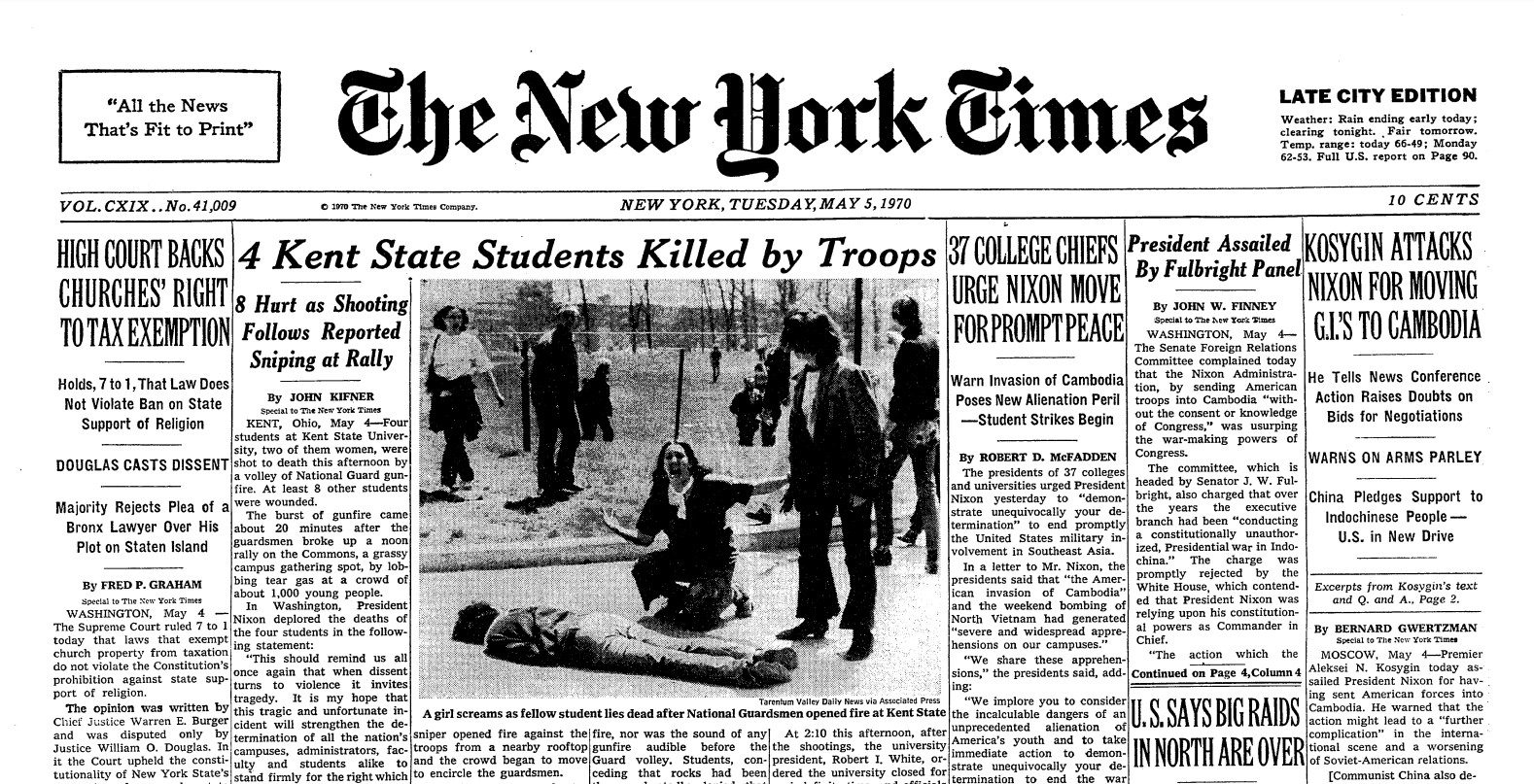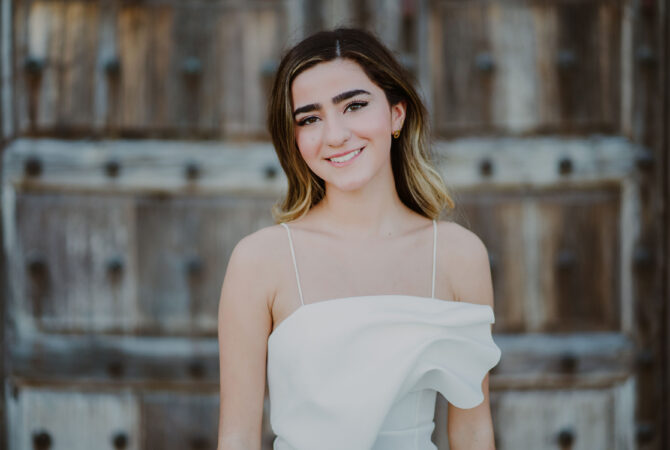
Join us for a powerful episode as we explore the tragic Kent State shooting, the 1970s protests, and their lasting impact on activism and free speech. Through personal stories and expert insights, we’ll reflect on how that fateful day in May shaped a generation and continues to resonate today.
Audio Credits
“Angry Group Riot (Shouting / Chanting) – Protest sound effect,” YouTube. May 2, 2016.
Crosby, Stills, Nash, and Young, “Ohio,” Record Plant Recording Studios, 1970, YouTube, December 2, 2024.
“Ringing of the Commons Bell Kent State Commemoration,” YouTube, May 4, 2016.
“Urban Outfitters ‘Unintentionally’ Sells Bloody Kent State Sweatshirts,” The Young Turks, YouTube, September 15, 2014.
Sources
Appy, Christian. “Victim Nation” and “The Pride is Back,” In American Reckoning: The Vietnam War and Our National Identity (Penguin Books, 2015), 221–274.
Lucas, Brad. Radicals, Rhetoric, and the War: The University of Nevada in the Wake of Kent State. (University of Nevada Press, 2015).
For Further Reference
Kaur, Harmeet. “50 Years Ago Today, The Shooting of 4 College Students at Kent State Changed America,” CNN, May 4, 2020.
Kesslen, Ben. “Kent State Massacre: The shootings on a College Campus 50 Years Ago Changed the Country,” NBCNews.com, May 3, 2020.
Perloff, Richard M. “Four Students were Killed in Ohio. America was Never the Same,” The New York Times, May 4, 2020.
Meet Our Guest
Dr. Brad Lucas holds a Master’s in Library and Information Science from the University of Texas at Austin and a Ph.D. in Rhetoric and Composition from the University of Nevada, Reno. An associate professor of English at Texas Christian University, he helped establish the New Media Writing Studio and has held many leadership roles, including department chair and director of graduate studies. We’re thrilled to have Dr. Lucas join our podcast as an expert historian, offering valuable insights into the Kent State shooting of May 1970.
F. Andrew Schoolmaster, Ph.D. is former Dean of the AddRan College of Liberal Arts at Texas Christian University. His teaching and research interests are in the areas of applied geography, urban geography, water resources and the use of geospatial information in human and environmental problem-solving. Prior to joining TCU, he served as Dean of the College of Arts and Sciences at Eastern Kentucky University and held a number of administrative positions at the University of North Texas.

